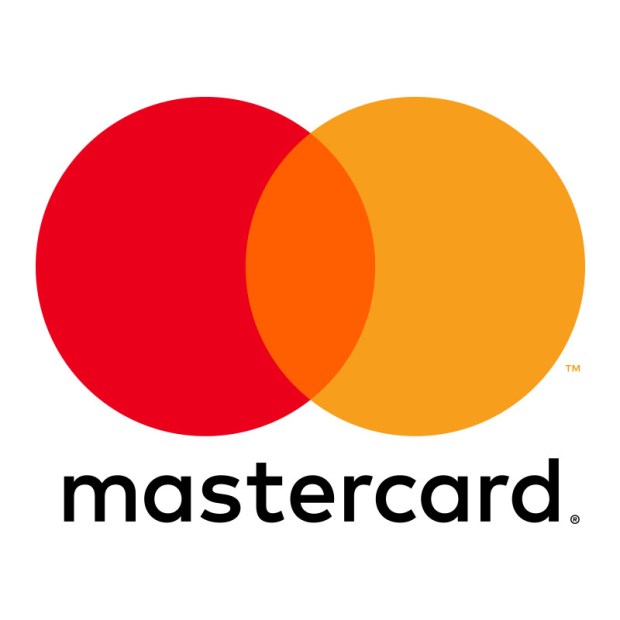Mastercard’s Conversational Commerce Dialogue

Ready to speak finance? To the fitness tracker around your wrist? Mastercard is betting that payments-enabled devices and a personalized service focused on personal finance — via bot — will get people moving and spending.
The age of interconnected devices may be dawning, if Mastercard has anything to say about it.
Mastercard is unveiling an artificial intelligence bot platform that will let users monitor and control their financial lives through social media. Dubbed the Conversational Commerce Service, launched with bot developer Kasisto, the service will be available in early 2017. Mastercard is also announcing a partnership with FitPay Inc. to bring contactless payments to both wearable devices and the Internet of Things.
In an interview with PYMNTS’ Karen Webster, Kiki Del Valle, senior vice president of digital payments and labs at Mastercard, addressed both initiatives. “The partnership with FitPay, to bring Mastercard contactless payments across the globe, there’s such a big synergy between wearables — whether those are smartbands, fitness, activity trackers or smartwatches. Contactless payments can help … [and] make it easier for users to live their digital lifestyle.” The firm announced a program last year, the Digital Enablement Service, with the goal of developing adoption across multiple categories, including the IoT space, “to enable simple and secure payments transactions.”
The FitPay linkup, said Del Valle, is interesting because “they are not only becoming part of our Payments over Device programs, they have also adopted Mastercard tokenization, and they are integrating other partnerships with other device companies that they want to enable.” Thus, said Del Valle, FitPay is serving dual roles. “They are not only facilitating contactless for their payments for their own devices but also for others.”
The end approach is one that seeks to make wearables useful. As Webster put it, some might view wearables as a “solution that doesn’t have a use case that some may find very compelling,” but that expanded functionally can help them think about wearables in a very different way. “It is an opportunity for us to elevate the security,” said Del Valle, “which is always a consumer concern, as well as to reduce the time to market and the cost and the complexity that the payments ecosystem sometimes brings for the the wearable device manufacturers. It’s a scaled approach that we are trying to implement … to drive consumer adoption.”
Beyond the FitPay side, Webster turned the conversation to chatbots (or commerce bots), as an interesting concept with a long way to go. Mastercard’s attempting to bring that technology in a seamless way to conduct commerce. Del Valle said that her firm would be announcing its plans to launch an artificial intelligence platform to allow consumers to manage financials via social history and messaging. “We’re trying to make commerce more conversational,” said Del Valle, through digital payments, the aforementioned platform and also through natural language. “We’re seeing, at Mastercard, a radical shift,” she added. “Consumers are leading, increasingly, a digital lifestyle. The digital and the physical [are] obviously blending, and we see that both in the developed and the emerging markets worlds, where big digital convergence is just opening up more and more ways for the consumer to connect.” Mastercard, she said, is bringing merchants and issuers into this new ecosystem. Within bots, the two key initiatives for “conversational commerce” include a bot for banks and a bot for merchants.
The bot for banks, said Del Valle, is a service that will extend Mastercard services to customers across the Mastercard messaging platform. A bot, she said, gives the consumer the ability to have that direct financial interaction with the financial institution. The consumer can ask the bot, for example, for account balances and histories. Spending controls can also be set for better financial management, she noted. Spending more than a specific amount at a restaurant or at a merchant, said Del Valle, can trigger a notification to be sent to the user. Mastercard services will be overlaid on the platform, said Del Valle, such as purchase protections, benefits or offers delivered on a personalized basis.
The bot for merchants, Del Valle stated, seeks to bring Masterpass to the attention of merchants so that a consumer can be interacting with a travel firm, for example, finalizing travel plans and getting messages, information and digital itineraries delivered.
